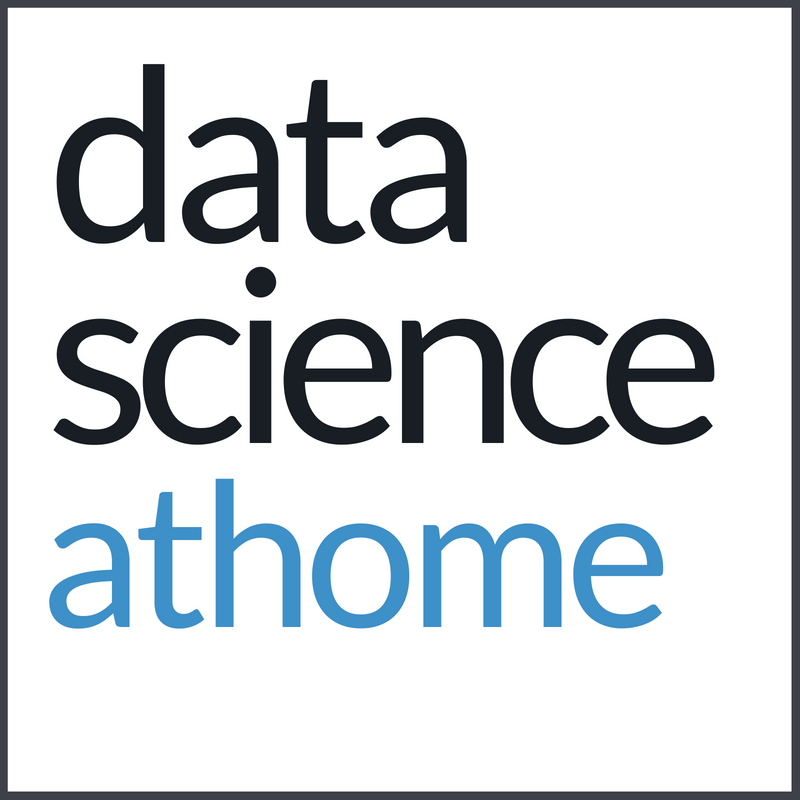Data Science at Home
Episodes

Monday Sep 25, 2017
Episode 22: Parallelising and distributing Deep Learning
Monday Sep 25, 2017
Monday Sep 25, 2017
Continuing the discussion of the last two episodes, there is one more aspect of deep learning that I would love to consider and therefore left as a full episode, that is parallelising and distributing deep learning on relatively large clusters.
As a matter of fact, computing architectures are changing in a way that is encouraging parallelism more than ever before. And deep learning is no exception and despite the greatest improvements with commodity GPUs - graphical processing units, when it comes to speed, there is still room for improvement.
Together with the last two episodes, this one completes the picture of deep learning at scale. Indeed, as I mentioned in the previous episode, How to master optimisation in deep learning, the function optimizer is the horsepower of deep learning and neural networks in general. A slow and inaccurate optimisation method leads to networks that slowly converge to unreliable results.
In another episode titled “Additional strategies for optimizing deeplearning” I explained some ways to improve function minimisation and model tuning in order to get better parameters in less time. So feel free to listen to these episodes again, share them with your friends, even re-broadcast or download for your commute.
While the methods that I have explained so far represent a good starting point for prototyping a network, when you need to switch to production environments or take advantage of the most recent and advanced hardware capabilities of your GPU, well... in all those cases, you would like to do something more.

Monday Sep 18, 2017
Episode 21: Additional optimisation strategies for deep learning
Monday Sep 18, 2017
Monday Sep 18, 2017
In the last episode How to master optimisation in deep learning I explained some of the most challenging tasks of deep learning and some methodologies and algorithms to improve the speed of convergence of a minimisation method for deep learning. I explored the family of gradient descent methods - even though not exhaustively - giving a list of approaches that deep learning researchers are considering for different scenarios. Every method has its own benefits and drawbacks, pretty much depending on the type of data, and data sparsity. But there is one method that seems to be, at least empirically, the best approach so far.
Feel free to listen to the previous episode, share it, re-broadcast or just download for your commute.
In this episode I would like to continue that conversation about some additional strategies for optimising gradient descent in deep learning and introduce you to some tricks that might come useful when your neural network stops learning from data or when the learning process becomes so slow that it really seems it reached a plateau even by feeding in fresh data.